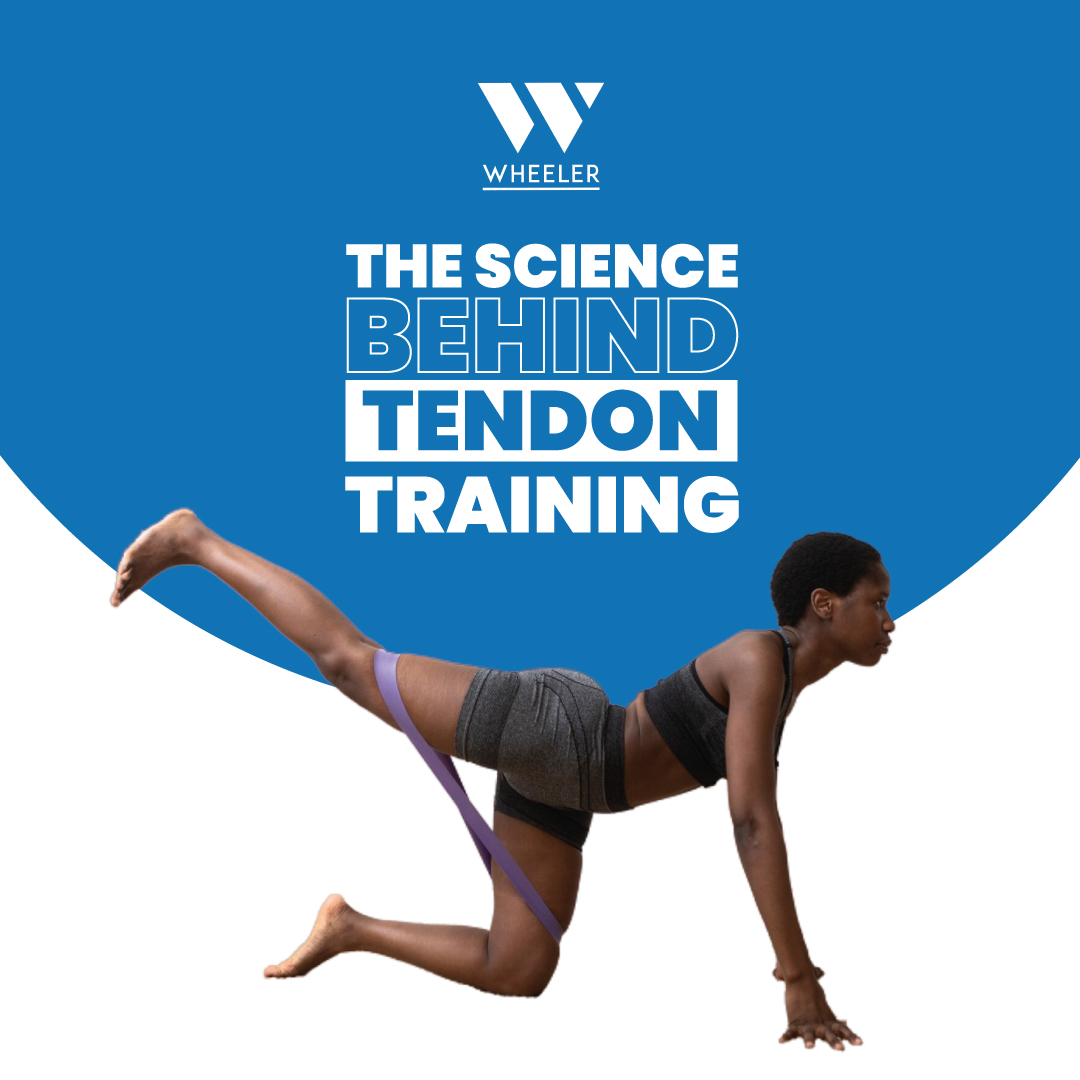The Science Behind Tendon Training
Understanding Tendon Extensibility
Tendon extensibility is a fundamental capacity for our movement and susceptibility to injuries, especially in the context of sports performance. This property refers to the ability of the tendon to lengthen under tension, something crucial in explosive movements. A tendon rupture does not occur solely due to overstretching; it is an overstretching under high force and high speed. This is why Achilles tendon ruptures are more likely during explosive movements, like a sprint, rather than slow exercises like a heel lift.
The Role of Tendon Extensibility in Sports Performance
Tendon extensibility plays an essential role in sports performance. For example, in sprinting, when the ball of the foot touches the ground and the heel drops, the calf muscles (mainly the gastrocnemius and soleus) contract and shorten. This creates a tug-of-war effect on the Achilles tendon, elongating it and allowing it to store elastic energy that is later released in the propulsion phase. If the tendon cannot elongate properly, this process becomes more intense and dangerous, increasing the risk of injuries.
Research Supporting Tendon Extensibility
Various studies support the importance of tendon extensibility. Research has shown that neither stretching nor strength training significantly increases this quality. Instead, plyometric exercises have proven to be the most effective. For example, Kubo (2017) found that plyometric exercises did not increase tendon stiffness but did improve its extensibility, which is crucial both for injury prevention and elastic energy storage.
Plyometric Exercises for Tendon Health
Plyometric exercises not only lengthen tendons but also teach them to elongate safely at high speeds. This type of training helps tendons adapt to the demands of explosive and fast movements. Plyometrics involve a maximum muscle contraction, which stretches the tendon to its maximum. This process is essential for developing good tendon extensibility, something that cannot be achieved with stretching or strength training alone.
Balancing Tendon Stiffness and Extensibility
It is important to find a balance between tendon stiffness and extensibility. While a stiffer tendon can be beneficial for concentric actions, an overly stiff tendon can increase the risk of muscle injuries. We need a certain level of compliance in tendons for movements involving a stretch-shortening cycle and deeper ranges of motion. An extremely stiff tendon may not stretch enough, forcing the muscle to compensate and thereby increasing the risk of recurrent muscle strains, such as those in the hamstrings and calf muscles.
Improving Performance and Reducing Injury Risk
Plyometrics not only improve tendon extensibility but also train the tendon to elongate safely at high speeds. This is particularly important in sports and activities requiring explosive and rapid movements. A more extensible tendon can store and release energy more efficiently, improving performance and reducing the risk of injuries.
For those looking to improve their sports performance and reduce the risk of injuries, it is essential to incorporate plyometric exercises into their training regimen. These exercises not only improve tendon extensibility but also increase active muscle stiffness, allowing for better performance and greater safety in explosive movements. Some examples of plyometric exercises include box jumps, depth jumps, and hill sprints. These exercises should be performed with proper technique and under professional supervision to avoid injuries.
If you are interested in continuing to receive this type of information and improving your sports performance, we invite you to subscribe to our membership. Click this link to join and access exclusive content from Wheeler Academy Sports Science.
Author


